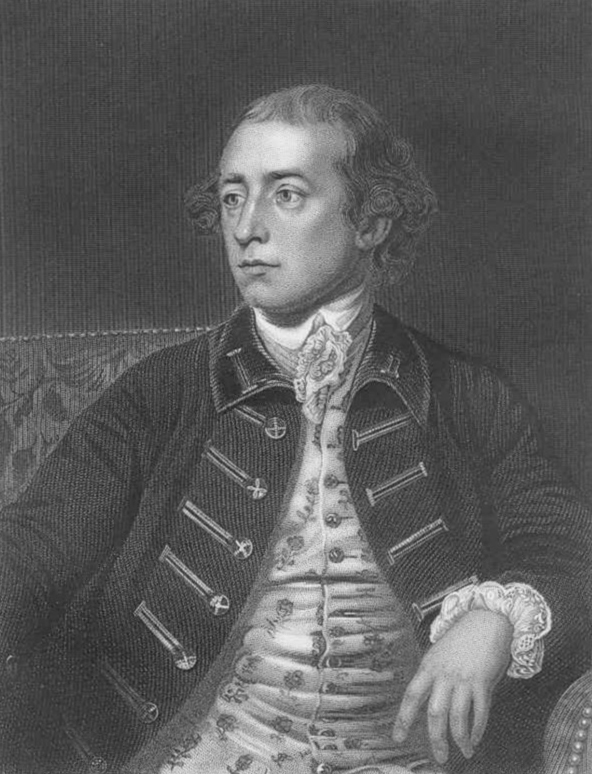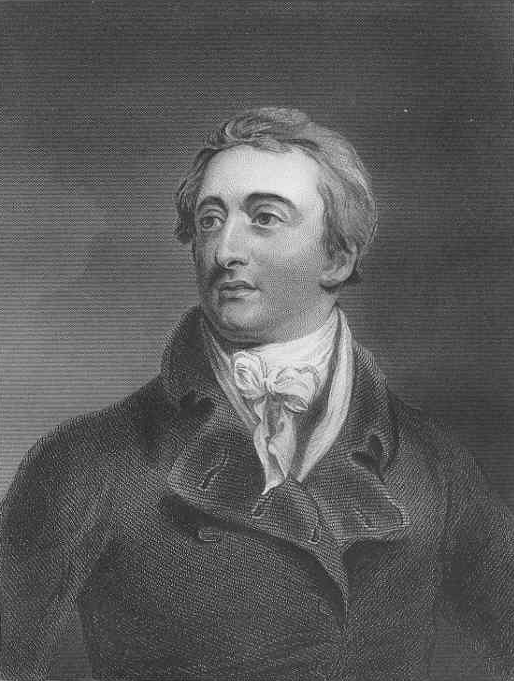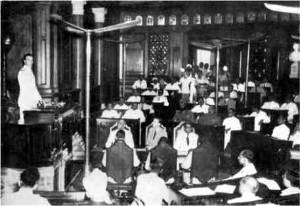Governor-General Of India on:
[Wikipedia]
[Google]
[Amazon]
The Governor-General of India (1773–1950, from 1858 to 1947 the Viceroy and Governor-General of India, commonly shortened to Viceroy of India) was the representative of the monarch of the United Kingdom and after Indian independence in 1947, the representative of the

 Many parts of the
Many parts of the

 The governor-general originally had power only over the Presidency of Fort William in Bengal. The Regulating Act, however, granted the governor-general additional powers relating to foreign affairs and defence. The other presidencies of the East India Company (
The governor-general originally had power only over the Presidency of Fort William in Bengal. The Regulating Act, however, granted the governor-general additional powers relating to foreign affairs and defence. The other presidencies of the East India Company (
British monarch
The monarchy of the United Kingdom, commonly referred to as the British monarchy, is the constitutional monarchy, constitutional form of government by which a hereditary monarchy, hereditary sovereign reigns as the head of state of the United ...
. The office was created in 1773, with the title of Governor-General
Governor-general (plural ''governors-general''), or governor general (plural ''governors general''), is the title of an office-holder. In the context of governors-general and former British colonies, governors-general are appointed as viceroy t ...
of the Presidency of Fort William. The officer had direct control only over Fort William but supervised other East India Company
The East India Company (EIC) was an English, and later British, joint-stock company founded in 1600 and dissolved in 1874. It was formed to trade in the Indian Ocean region, initially with the East Indies (the Indian subcontinent and Sout ...
officials in India. Complete authority over all of British territory in the Indian subcontinent was granted in 1833, and the official came to be known as the "Governor-General of India".
In 1858, because of the Indian Rebellion
The Indian Rebellion of 1857 was a major uprising in India in 1857–58 against the rule of the British East India Company, which functioned as a sovereign power on behalf of the British Crown. The rebellion began on 10 May 1857 in the for ...
the previous year, the territories and assets of the East India Company came under the direct control of the British Crown
The Crown is the state (polity), state in all its aspects within the jurisprudence of the Commonwealth realms and their subdivisions (such as the Crown Dependencies, British Overseas Territories, overseas territories, Provinces and territorie ...
; as a consequence, the Company rule in India
Company rule in India (sometimes, Company ''Raj'', from hi, rāj, lit=rule) refers to the rule of the British East India Company on the Indian subcontinent. This is variously taken to have commenced in 1757, after the Battle of Plassey, whe ...
was succeeded by the British Raj
The British Raj (; from Hindi language, Hindi ''rāj'': kingdom, realm, state, or empire) was the rule of the British The Crown, Crown on the Indian subcontinent;
*
* it is also called Crown rule in India,
*
*
*
*
or Direct rule in India,
* Q ...
. The governor-general (now also the Viceroy
A viceroy () is an official who reigns over a polity in the name of and as the representative of the monarch of the territory. The term derives from the Latin prefix ''vice-'', meaning "in the place of" and the French word ''roy'', meaning "k ...
) headed the central government of India, which administered the provinces of British India, including the Punjab
Punjab (; Punjabi: پنجاب ; ਪੰਜਾਬ ; ; also romanised as ''Panjāb'' or ''Panj-Āb'') is a geopolitical, cultural, and historical region in South Asia, specifically in the northern part of the Indian subcontinent, comprising ...
, Bengal
Bengal ( ; bn, বাংলা/বঙ্গ, translit=Bānglā/Bôngô, ) is a geopolitical, cultural and historical region in South Asia, specifically in the eastern part of the Indian subcontinent at the apex of the Bay of Bengal, predom ...
, Bombay
Mumbai (, ; also known as Bombay — the official name until 1995) is the capital city of the Indian state of Maharashtra and the '' de facto'' financial centre of India. According to the United Nations, as of 2018, Mumbai is the sec ...
, Madras
Chennai (, ), formerly known as Madras (List of renamed Indian cities and states#Tamil Nadu, the official name until 1996), is the capital city of Tamil Nadu, the southernmost states and territories of India, Indian state. The largest city ...
, the United Provinces, and others. However, much of India was not ruled directly by the British Government; outside the provinces of British India, there were hundreds of nominally independent princely states
A princely state (also called native state or Indian state) was a nominally sovereign entity of the British Indian Empire that was not directly governed by the British, but rather by an Indian ruler under a form of indirect rule, subject to ...
or "native states", whose relationship was not with the British Government or the United Kingdom, but rather one of homage directly with the British monarch as sovereign successor to the Mughal emperors
The Mughal emperors ( fa, , Pādishāhān) were the supreme heads of state of the Mughal Empire on the Indian subcontinent, mainly corresponding to the modern countries of India, Pakistan, Afghanistan and Bangladesh. The Mughal rulers styled ...
. From 1858, to reflect the governor-general's new additional role as the monarch's representative in response to the fealty relationships vis the princely states, the additional title of Viceroy was granted, such that the new office was entitled "Viceroy
A viceroy () is an official who reigns over a polity in the name of and as the representative of the monarch of the territory. The term derives from the Latin prefix ''vice-'', meaning "in the place of" and the French word ''roy'', meaning "k ...
and Governor-General of India". This was usually shortened to "Viceroy of India".
The title of Viceroy was abandoned when British India was partitioned into the two independent dominion
The term ''Dominion'' is used to refer to one of several self-governing nations of the British Empire.
"Dominion status" was first accorded to Canada, Australia, New Zealand, Newfoundland, South Africa, and the Irish Free State at the 1926 ...
s of India
India, officially the Republic of India ( Hindi: ), is a country in South Asia. It is the seventh-largest country by area, the second-most populous country, and the most populous democracy in the world. Bounded by the Indian Ocean on the ...
and Pakistan
Pakistan ( ur, ), officially the Islamic Republic of Pakistan ( ur, , label=none), is a country in South Asia. It is the world's List of countries and dependencies by population, fifth-most populous country, with a population of almost 24 ...
, but the office of governor-general continued to exist in each country separately until they adopted republican constitutions in 1950 and 1956, respectively.
Until 1858, the governor-general was selected by the Court of Directors of the East India Company, to whom he was responsible. Thereafter, he was appointed by the sovereign on the advice of the British Government; the Secretary of State for India, a member of the British Cabinet, was responsible for instructing him on the exercise of their powers. After 1947, the sovereign continued to appoint the governor-general but thereafter did so on the advice of the government of the newly independent Dominion of India.
The governor-general served at the pleasure of the sovereign, though the practice was to have them serve five-year terms. A governor-general could have their commission rescinded; and if one was removed, or left, a provisional governor-general was sometimes appointed until a new holder of the office could be chosen. The first governor-general in India (of Bengal) was Warren Hastings, the first official governor-general of British India was Lord William Bentinck, and the first governor-general of the Dominion of India was Lord Mountbatten.
History

 Many parts of the
Many parts of the Indian subcontinent
The Indian subcontinent is a physiographical region in Southern Asia. It is situated on the Indian Plate, projecting southwards into the Indian Ocean from the Himalayas. Geopolitically, it includes the countries of Bangladesh, Bhutan, India ...
were governed by the British East India Company (founded in 1600), which nominally acted as the agent of the Mughal emperor
The Mughal emperors ( fa, , Pādishāhān) were the supreme heads of state of the Mughal Empire on the Indian subcontinent, mainly corresponding to the modern countries of India, Pakistan, Afghanistan and Bangladesh. The Mughal rulers styled ...
. Early British administrators were presidents or governors of Bengal Presidency
The Bengal Presidency, officially the Presidency of Fort William and later Bengal Province, was a subdivision of the British Empire in India. At the height of its territorial jurisdiction, it covered large parts of what is now South Asia and ...
. In 1773, motivated by corruption in the company, the British government assumed partial control over the governance of India with the passage of the Regulating Act of 1773. A governor-general and Supreme Council of Bengal were appointed to rule over the Presidency of Fort William in Bengal
Bengal ( ; bn, বাংলা/বঙ্গ, translit=Bānglā/Bôngô, ) is a geopolitical, cultural and historical region in South Asia, specifically in the eastern part of the Indian subcontinent at the apex of the Bay of Bengal, predom ...
. The first governor-general and Council were named in the Act.
The Charter Act 1833 replaced the governor-general and Council of Fort William with the governor-general and Council of India. The power to elect the governor-general was retained by the Court of Directors, but the choice became subject to the sovereign's approval via the India Board
The Board of Commissioners for the Affairs of India (commonly known as the India Board or the Board of Control) was an arm of the Government of the United Kingdom responsible for managing the government's interest in British India and the East Ind ...
.
After the Indian Rebellion of 1857
The Indian Rebellion of 1857 was a major uprising in India in 1857–58 against the rule of the British East India Company, which functioned as a sovereign power on behalf of the British Crown. The rebellion began on 10 May 1857 in the fo ...
, the British East India Company's territories in India were put under the direct control of the sovereign. The Government of India Act 1858
The Government of India Act 1858 was an Act of the Parliament of the United Kingdom (21 & 22 Vict. c. 106) passed on 2 August 1858. Its provisions called for the liquidation of the British East India Company (who had up to this point been rulin ...
vested the power to appoint the governor-general in the sovereign. The governor-general, in turn, had the power to appoint all lieutenant governors in India, subject to the sovereign's approval.
India and Pakistan acquired independence in 1947, but governors-general continued to be appointed over each nation until republican constitutions were written. Louis Mountbatten, 1st Earl Mountbatten of Burma, remained governor-general of India for some time after independence, but the two nations were otherwise headed by native governors-general. India became a secular republic in 1950; Pakistan became an Islamic one in 1956.
Functions

 The governor-general originally had power only over the Presidency of Fort William in Bengal. The Regulating Act, however, granted the governor-general additional powers relating to foreign affairs and defence. The other presidencies of the East India Company (
The governor-general originally had power only over the Presidency of Fort William in Bengal. The Regulating Act, however, granted the governor-general additional powers relating to foreign affairs and defence. The other presidencies of the East India Company (Madras
Chennai (, ), formerly known as Madras (List of renamed Indian cities and states#Tamil Nadu, the official name until 1996), is the capital city of Tamil Nadu, the southernmost states and territories of India, Indian state. The largest city ...
, Bombay
Mumbai (, ; also known as Bombay — the official name until 1995) is the capital city of the Indian state of Maharashtra and the '' de facto'' financial centre of India. According to the United Nations, as of 2018, Mumbai is the sec ...
and Bencoolen) were not allowed to declare war on or make peace with an Indian prince without receiving the prior approval of the governor-general and Council of Fort William.
The powers of the governor